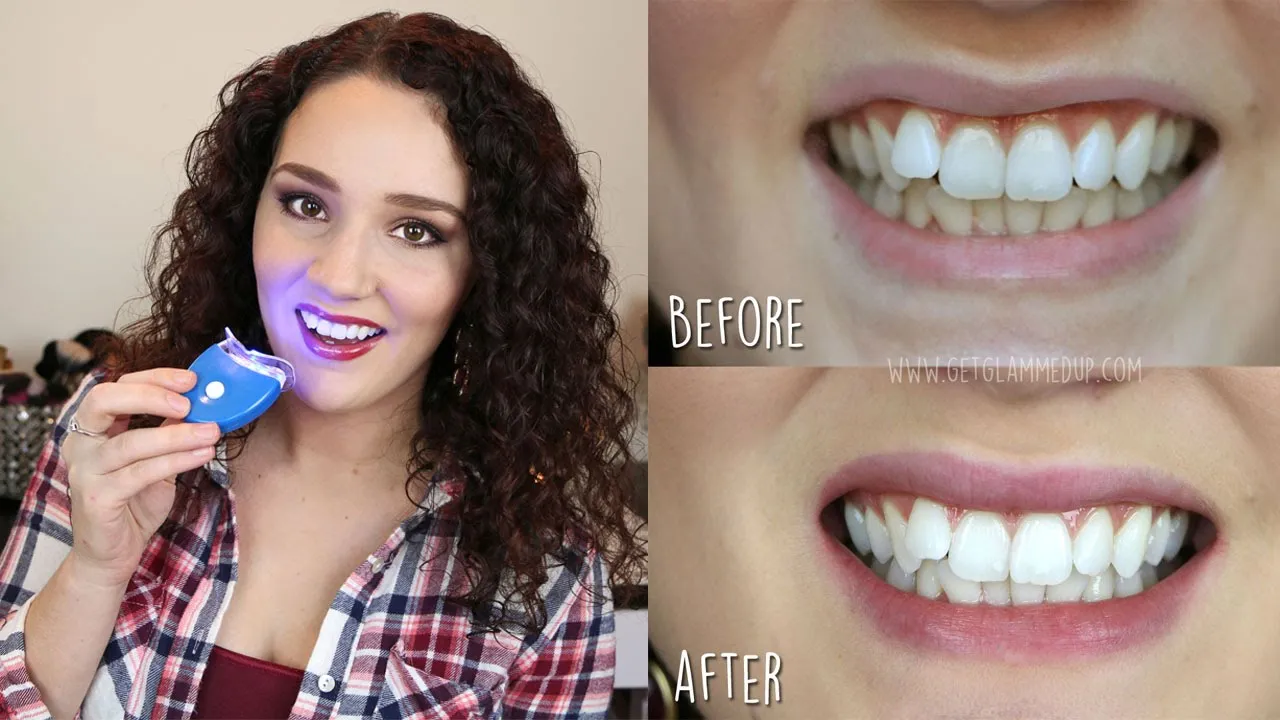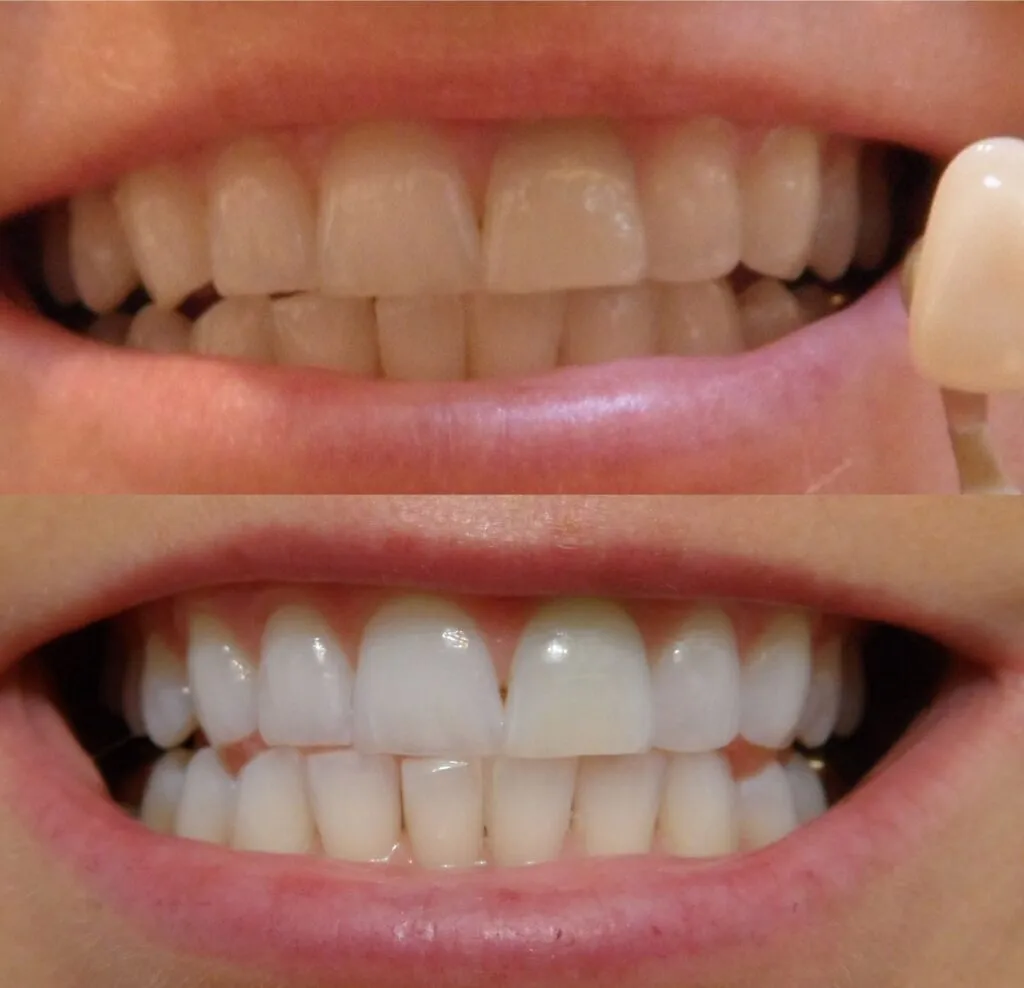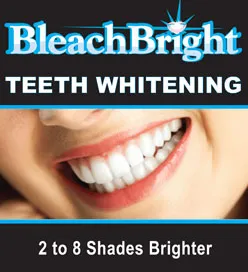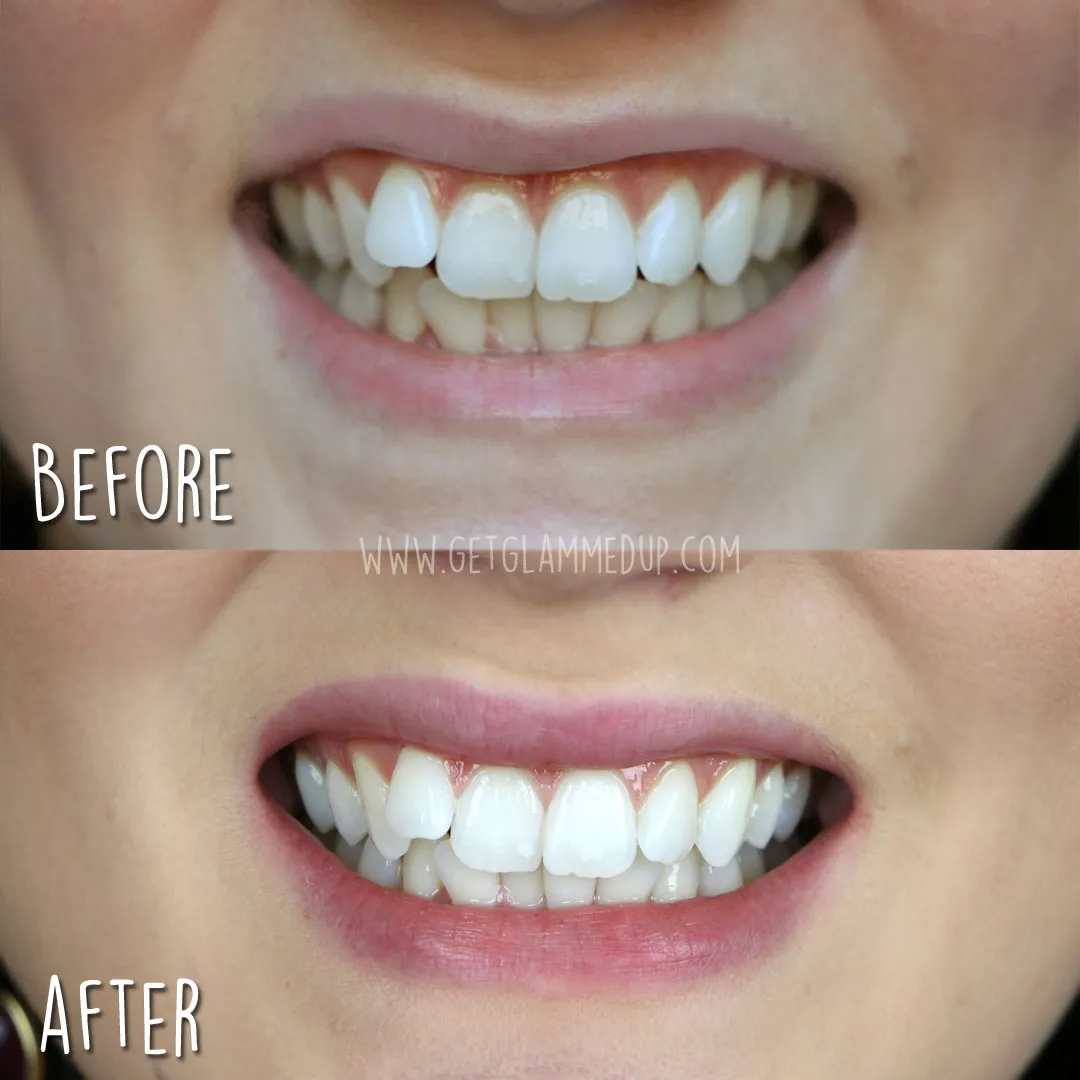What is Salon Teeth Whitening?
Salon teeth whitening is a cosmetic dental procedure designed to lighten the shade of your teeth, giving you a brighter and more confident smile. This process involves the application of a bleaching agent, typically a high-concentration hydrogen peroxide solution, directly onto the surface of your teeth. The procedure is usually performed by a trained dental professional in a salon or dental office setting. Unlike over-the-counter whitening products, salon treatments offer stronger formulations and professional application, potentially leading to more dramatic and faster results. The goal is to remove stains and discoloration caused by factors such as aging, certain foods and drinks (like coffee, tea, and red wine), and smoking. The effectiveness can vary depending on the individual’s oral health and the nature of the stains.
The Process of Salon Teeth Whitening
Undergoing salon teeth whitening involves several key steps to ensure both effectiveness and safety. The process usually starts with a thorough consultation to assess your oral health and determine if you’re a suitable candidate for the procedure. Following the initial assessment, the procedure itself typically involves preparing the teeth, applying the whitening agent, and activating the bleaching process. After the whitening treatment, you’ll receive instructions on how to care for your teeth and maintain the results. Understanding each of these steps is crucial for managing expectations and ensuring a positive experience. It’s important to discuss your goals, concerns, and any existing dental work with the professional to ensure the best possible outcome.
Step 1 Consultation and Examination

Before undergoing any teeth whitening treatment, a consultation and examination are essential. During this phase, the dentist or a trained professional will examine your teeth and gums to ensure they are healthy enough for the procedure. This involves checking for cavities, gum disease, and any other dental issues that might need to be addressed before whitening. They will also discuss your expectations and the desired shade of whiteness. This is also the time to disclose any dental work, such as fillings, crowns, or veneers, as these will not whiten with the treatment and can influence the overall aesthetic result. The dentist will also inform you about potential side effects and the aftercare process, ensuring you are fully informed about what to expect.
Step 2 Preparation for Whitening
Once the examination is complete and you’re deemed a suitable candidate, the next step involves preparing your teeth for the whitening treatment. This usually begins with a thorough cleaning to remove any plaque, tartar, and surface stains that could interfere with the bleaching agent’s effectiveness. A protective barrier, such as a cheek retractor and a protective gel, is then applied to your gums and soft tissues to prevent irritation from the whitening solution. This step is crucial for minimizing sensitivity and protecting your gums. In some cases, a fluoride treatment may be applied after the cleaning to strengthen the enamel and reduce sensitivity. Proper preparation ensures that the whitening agent can effectively reach the tooth enamel, maximizing the whitening results.
Step 3 The Whitening Procedure
The actual whitening procedure involves applying a bleaching agent to the surface of your teeth. This agent is typically a high-concentration hydrogen peroxide solution, which breaks down stains and discoloration. The dentist will apply the gel evenly to the teeth, carefully avoiding the gums. A special light or laser might be used to accelerate the whitening process, enhancing the effectiveness of the solution. The light helps to activate the whitening agent, causing it to penetrate the enamel and break down the stains more quickly. This process is often repeated in several cycles, each lasting about 15-20 minutes. The number of cycles will depend on the desired level of whitening and the type of stains present. During the procedure, the dentist will monitor your teeth for any signs of sensitivity.
Step 4 Post-Whitening Care

After the whitening procedure, it is crucial to follow the aftercare instructions provided by your dentist or dental professional. These instructions help to maximize the results and minimize any potential side effects, such as tooth sensitivity. You will likely be advised to avoid certain foods and drinks that can stain your teeth, such as coffee, tea, red wine, and dark-colored foods, for at least 48 hours. You should also avoid smoking. Maintaining good oral hygiene, including brushing twice a day and flossing daily, is essential. The dentist may recommend a special toothpaste designed for sensitive teeth. Regular dental checkups and cleanings are also important to maintain your bright, white smile and address any potential issues. Following these aftercare tips ensures that you enjoy your brighter smile for longer.
Top 5 Things to Know About Salon Teeth Whitening
Thing 1 Cost Considerations
The cost of salon teeth whitening can vary significantly depending on several factors, including the location of the salon or dental office, the specific whitening method used, and the degree of whitening desired. Generally, professional teeth whitening is more expensive than over-the-counter options. The price can range from a few hundred to several hundred dollars per session. It’s important to consider the long-term value and the potential benefits of professional whitening, such as the expertise of a dental professional and the use of stronger, more effective whitening agents. Be sure to inquire about the total cost, including any consultation fees, and ask about payment options or financing plans if available. Comparing prices from different providers can help you make an informed decision.
Thing 2 Effectiveness of the Treatment

The effectiveness of salon teeth whitening often depends on the underlying causes of tooth discoloration and the individual’s oral health. Professional treatments typically provide more dramatic and noticeable results compared to over-the-counter products. The stronger bleaching agents used in salons can penetrate deeper into the enamel, breaking down stubborn stains caused by factors such as aging, genetics, and lifestyle habits. The degree of whitening can vary from person to person, and some individuals may require multiple sessions to achieve their desired results. Results are also influenced by the type of stains; for example, extrinsic stains caused by food and drink tend to respond well to whitening, while intrinsic stains may be more challenging to treat. It is important to have realistic expectations and discuss them with your dental professional.
Thing 3 Potential Side Effects
While generally safe, salon teeth whitening can have some potential side effects. The most common side effect is tooth sensitivity, which can occur during or after the treatment. This sensitivity is temporary and typically subsides within a few days. Another potential side effect is gum irritation, which can result from the bleaching agent coming into contact with the soft tissues of your mouth. To minimize this, dentists use protective barriers to shield the gums during the procedure. In rare cases, some individuals may experience discomfort or an altered taste in their mouth. It’s important to inform your dentist about any pre-existing conditions or sensitivities before undergoing the treatment. Following the aftercare instructions can help to mitigate these side effects and ensure a comfortable experience.
Thing 4 Maintenance and Aftercare
Maintaining your bright, white smile after salon teeth whitening requires diligent aftercare and lifestyle adjustments. Following the dentist’s instructions is essential to maintain the results. This includes avoiding foods and drinks that can stain your teeth, such as coffee, tea, red wine, and dark-colored foods, for a certain period. Using a whitening toothpaste can help to maintain the brightness, but it should not replace your regular oral hygiene routine. Regular dental checkups and cleanings are also crucial for keeping your teeth healthy and white. Avoiding smoking and practicing good oral hygiene habits, such as brushing twice a day and flossing daily, will extend the longevity of the whitening results. Consider using a straw when drinking staining beverages to minimize contact with your teeth.
Thing 5 Alternative Whitening Options

If salon teeth whitening isn’t the right choice for you, there are several alternative teeth whitening options available. Over-the-counter whitening products, such as whitening toothpaste, strips, and gels, offer a more affordable and accessible approach. These products typically contain lower concentrations of bleaching agents and may take longer to produce noticeable results. Another option is at-home whitening kits, which are often provided by a dentist and include custom-fitted trays and stronger bleaching agents. For those with more severe discoloration, cosmetic dentistry procedures like veneers or dental bonding can offer a more permanent solution. Each option has its own benefits and drawbacks, so it’s important to consult with your dentist to determine the best approach based on your individual needs and goals. Consider your budget, desired level of whitening, and lifestyle when making your decision.
